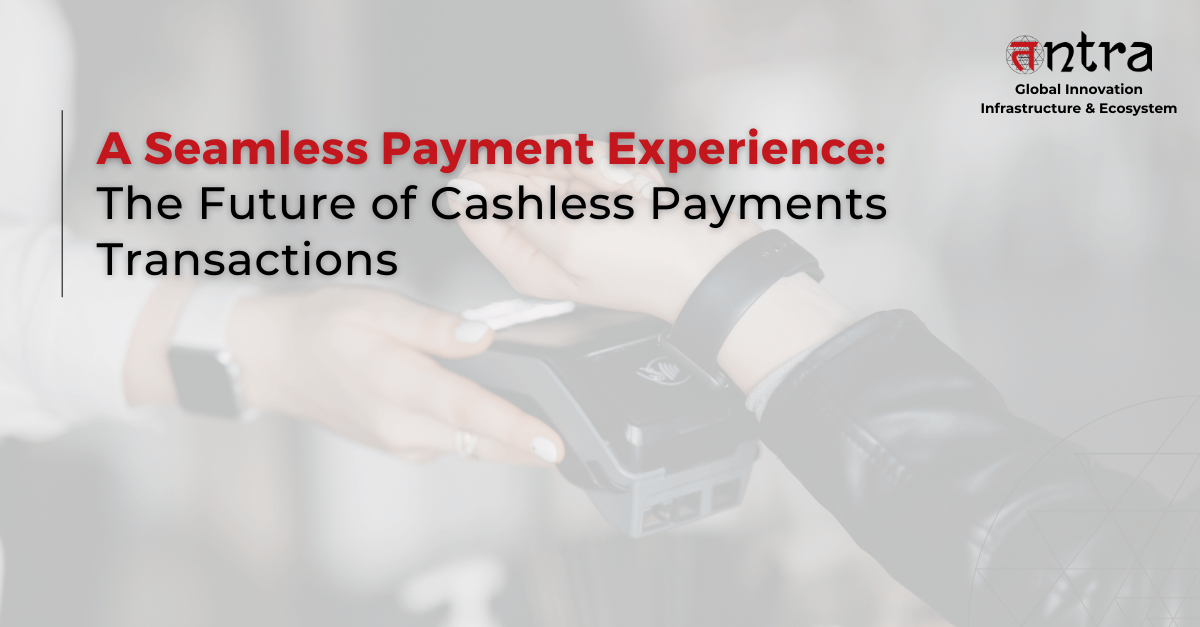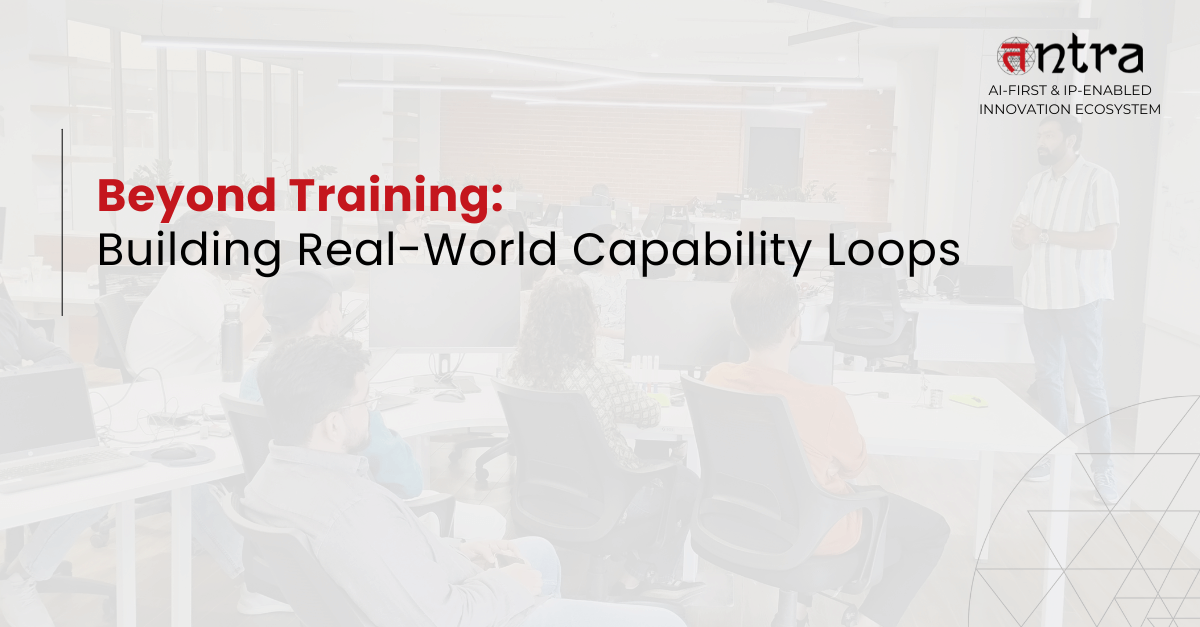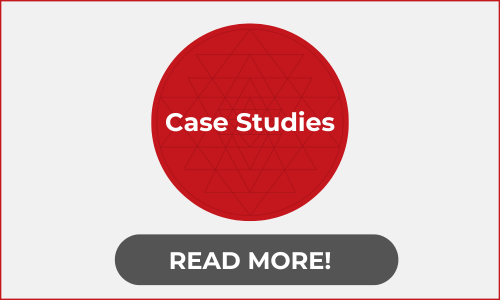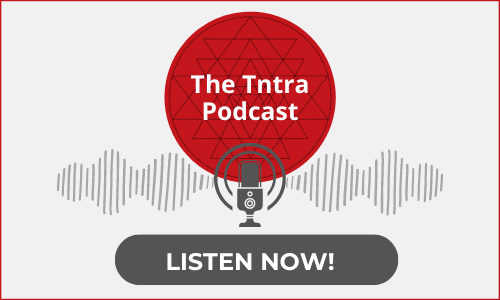Why Innovation Fails Without Tracking – A Wake-Up Call for Enterprises
Table of Contents
ToggleEveryone Wants Innovation. No One Tracks It.
A wake-up call for organizations lost in innovation theatre.
“Innovation is our top priority.”
You’ll find this statement in almost every annual report, leadership offsite, and digital transformation strategy. But scratch the surface and ask:
How exactly are you tracking innovation?
What metrics? What stages? What outcomes?
That’s when the silence creeps in.
Despite all the noise around innovation, most organizations still don’t have a system to measure it meaningfully. Ideas are generated—sure, Post-its fly, hackathons happen, and feedback floods in. But what happens next?
In most cases, nothing.
Innovation Has a Tracking Problem
Let’s look at the data.
- According to McKinsey, 84% of executives say innovation is important to growth, but only 6% are satisfied with their innovation performance (McKinsey Global Innovation Survey).
- Hackathons? Fun, engaging, energetic. But a report by HackerEarth found that only 7% of hackathon ideas ever make it into production. The rest die in decks or dusty folders.
- And despite hundreds of “ideation and challenge-based learning platforms,” over 90% of innovation programs fail to deliver sustained ROI (BCG, 2023). Why? Because they measure activity, not outcomes.
Here’s the reality:
Culture of innovation is being treated like theatre—high on energy, low on execution.
Why Innovation Fails to Stick
The core issue isn’t creativity. It’s the lack of infrastructure to turn ideas into outcomes.
- Ideas are collected, but rarely filtered with rigor.
- Teams launch pilots, but no system tracks feasibility, IP potential, or risk.
- Learning and innovation are decoupled, leading to shallow capability growth.
- There’s no feedback loop. No traceability. No “innovation ledger.”
This disconnect between intent and implementation turns even great ideas into wasted opportunities. Worse, it demotivates people who genuinely care.
What Innovation Really Needs: A Pipeline
Imagine managing sales without a CRM. Or managing operations without workflow tools. Or innovation without a lifelong learning platform.
That’s how most teams are currently managing new outcomes.
Innovation needs a pipeline, just like revenue.
A place where ideas are:
- Captured
- Evaluated
- Prioritized
- Assigned
- Tracked
- Evolved into business impact
That’s exactly what T(u)LIP is built for.
From Ideas to Outcomes: The Reality Check
A typical innovation funnel looks like this:
1,000 Ideas → 50 Evaluated → 10 Piloted → 3 Implemented → 1 Scaled
Without a system, those 1,000 ideas fade fast.
With T(u)LIP, each step is deliberate, visible, and aligned with your strategy.
T(u)LIP: Innovation with Traceability
T(u)LIP isn’t just another idea board. It’s a full-stack innovation engine that bridges ideation, learning, and delivery.
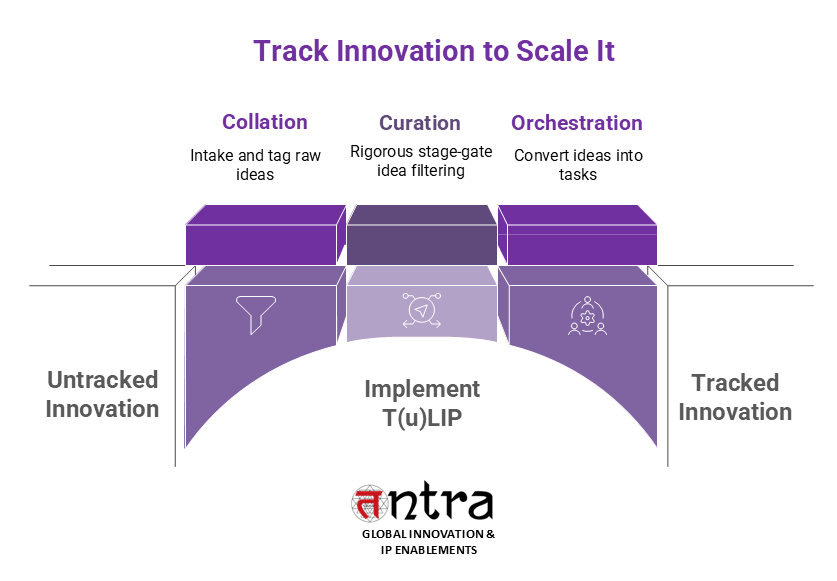
- Collation: Intake raw ideas, field feedback, problems, or sparks—from any channel. Automatically tag, cluster, and route them.
- Curation: Move ideas through rigorous stage gates—
- Market risk
- IP risk
- Tech feasibility
- Compliance
- Business model viability
- AI (via Shruti AI) flags high-risk areas, pattern matches similar efforts, and scores innovation-readiness.
- Orchestration: Once an idea is validated, convert it into:
- A task (when capability already exists), or
- A challenge (when capability must be built)
Track every task or challenge against defined outcomes—so innovation becomes measurable, comparable, and improvable.
Track every task or challenge against defined outcomes—so innovation becomes measurable, comparable, and improvable.
Innovation Deserves Discipline
You can’t improve what you don’t measure.
And you can’t scale what you don’t track.
If your innovation efforts are running on intuition, you’re not alone. But the teams that win are the ones who build repeatable innovation systems —ones that link learning, collaboration, and delivery.
T(u)LIP (Lifelong Learning and Innovation Platforms) helps you do just that.
Because everyone wants innovation. But only a few truly deliver it.
What Happens When You Track Innovation?
- Small ideas get nurtured, not lost.
- Projects align with strategy, not just popularity
- Executives get dashboards, not assumptions
- Teams grow capability while delivering real value
- Your innovation efforts become a repeatable, accountable process
This is not a theory. This practice is already being used across enterprises, universities, and incubators.
The Bottom Line
Innovation isn’t a mood. It’s a method.
And if you don’t track it, you can’t scale it.
Most organizations want innovation. Few are ready for it.
The difference? Discipline and design.
T(u)LIP turns creativity into capability, and ideas into impact—through a pipeline you can finally trust.
Want to Take the First Step?
Start by asking:
“What happened to our top 5 ideas from last quarter?”
If you’re not sure, maybe it’s time to try a new system. Want to experience innovation tracking at scale? Explore T(u)LIP.

